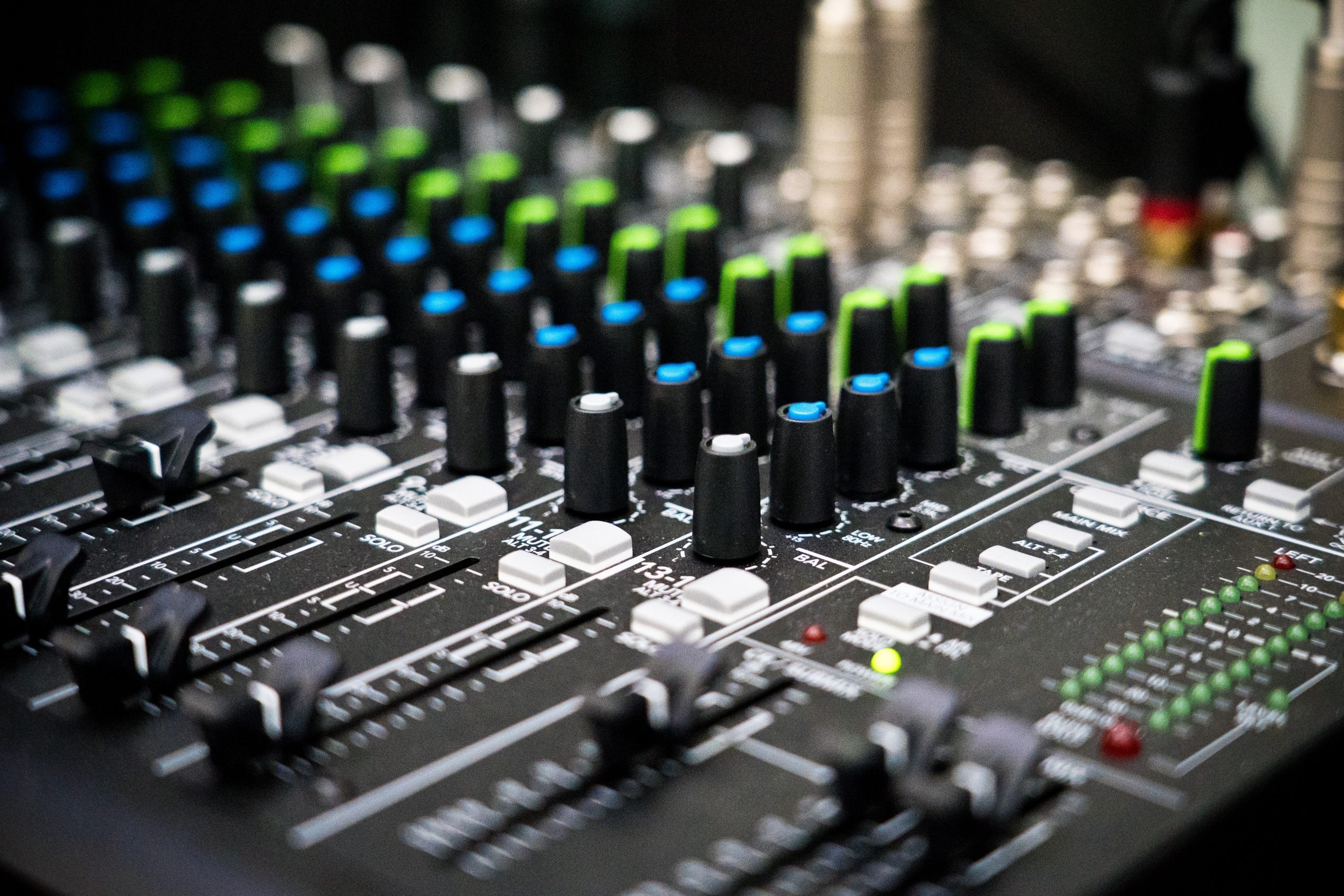Keep reading to know how to fix out-of-phase audio issues.
How to fix phase issues
With all the damage that out-of-phase audio can cause in your sessions, you’ll want strategies to keep away from the worst issues.
Here are three ways to deal with the most common phase issues in music production:
1. Avoid them at the source
One of the best ways to fix phase issues is to keep away from them completely.
Just like the utility plugin in your DAW, mic preamps and audio interfaces feature a toggle with the diameter symbol Ø.
This is a choice to invert the polarity by 180 degrees using the preamp’s hardware. If you have to decide whether two signals are out of phase, try pressing it and listening carefully to the result.
If engaging the Ø switch causes a lot of low ends and punch to return, your signals are likely out of phase.
There are many recording situations where you’ll be able to expect a signal to be close to 180 degrees out of phase.
The most typical is recording a snare drum with both a top and bottom microphone.
Sound waves radiating from the top and bottom heads will naturally be out-of-phase. Keep in mind to check your phase in case you’re recording both sides of the snare!
2. Measure the distance between mics
You’ll sometimes see pro engineers using a length of cable to make measurements as they arrange microphones.
They’re using the 3:1 technique, which is an eyeball method to help diminish the impact of bad phase relationships.
The rule of thumb is to put additional microphones 3x the distance away from the source as the first.
For instance, say you’re recording an electric guitar cabinet from 6 inches away with your major microphone.
The second microphone should be placed 18 inches (3x the original distance) away from the first.
This can be a handy way to get a workable sound quickly, however, it has some downsides.
The position of the microphone has a large effect on the sound it picks up. The best sounding position for one individual microphone may not be the best one to be in phase.
If neither of these choices is right for solving your problem, there are a number of choices you can try inside your DAW.
3. Repair the phase on the timeline
Because phase issues are created by timing differences, it’s possible to resolve them by shifting regions on the timeline by small amounts.
Zoom in extraordinarily close on a region and nudge it gently until the waveforms are no longer cancel.
This approach can work for some closely related sources like a number of mics on guitar or bass, however, it’s not advisable for drums.
The natural phase differences between mics on drum equipment contribute a lot to the sound. Flattening the timing of the waveforms to get them perfectly in phase will sound odd and unnatural.
Try your best to get drum mics right at the source.
4. Use a plugin to fix the phase
There are some plugins that are designed specifically that will help you fix phase issues.
While lots of them perform essentially the same function as shifting the regions on the timeline, some plugins provide ways to get more specific about how you cope with phase conflicts.
Here are a number of respected plugins to help with phase issues:
Phase issues in your mix
When you start paying attention to phase relationships, you’ll discover they can affect your mix as well.
These are more advanced than basic out-of-phase tracks, however, they’re essential to concentrate on as you work.
EQ plugins have an effect on phase
EQ plugins are essential to make your tracks fit together musically. Unfortunately, it has a side impact.
The filters that change the frequency of a signal also introduce a small amount of phase shift. This is usually a problem when you’re using a lot of EQ on mics that captured the same source.
Hot tip: Some EQs include an option that handles phase shift in a different way. These are the so-called “linear phase” modes of EQ. Here’s a video that explains how they work and when to use them.
Even the small phase differences created by EQ can lead to destructive interference. This can be a great reason to do processing on buses when you possibly can.
Stereo widening can lead to phase problems
There are lots of stereo width plugins out there that promise to magically make your mix wider. It may seem tempting to make use of them in all places to increase the soundstage of your mix. However be careful—these kinds of plugins can trip you up.
Stereo widening effects often work by introducing phase differences between the left and right panned elements.
If you go overboard with this kind of processing, you’ll be setting yourself up for destructive interference between the left and right sides of your mix.
Get in phase
Phase problems seem like an advanced scientific concept.
However, the ones that matter most in your mix aren’t hard to hear and fix. Even so, taking the time to check for phase problems and deal with their negative effects will make your mix better on the whole.
If you made it through this article you’ll have an excellent start to deal with out-of-phase audio.


